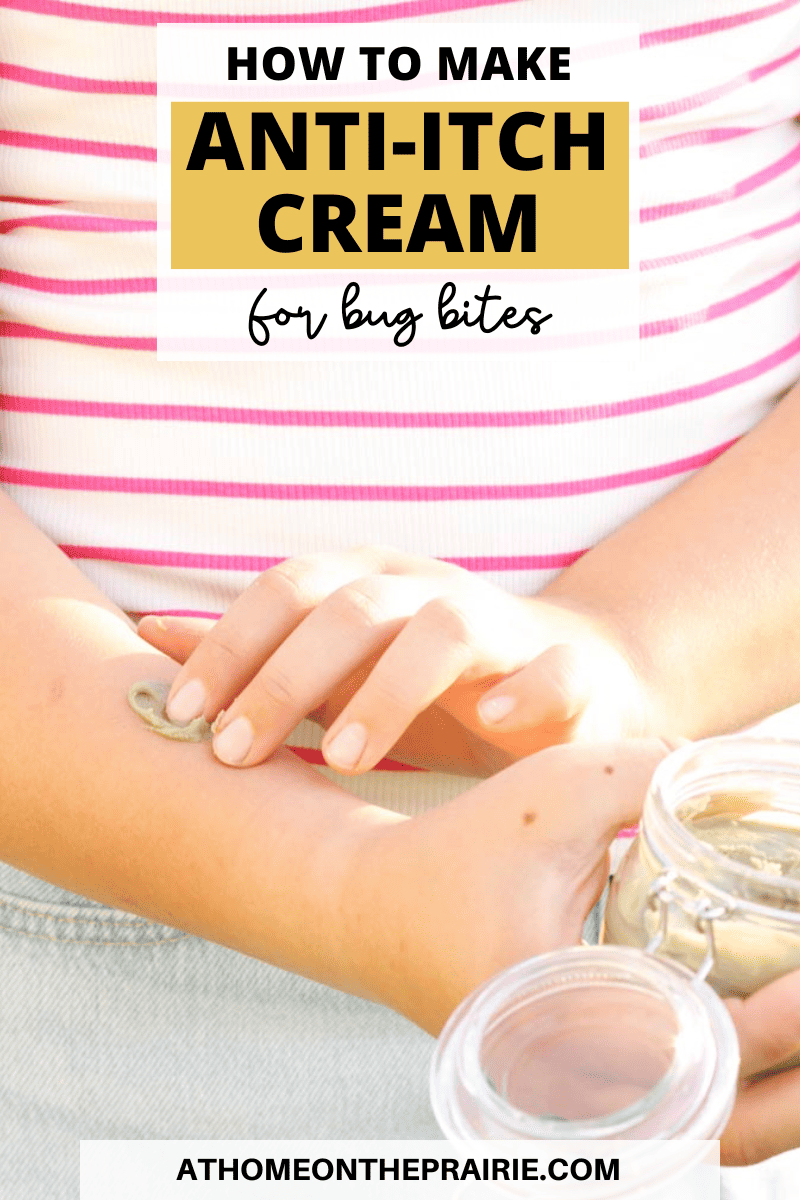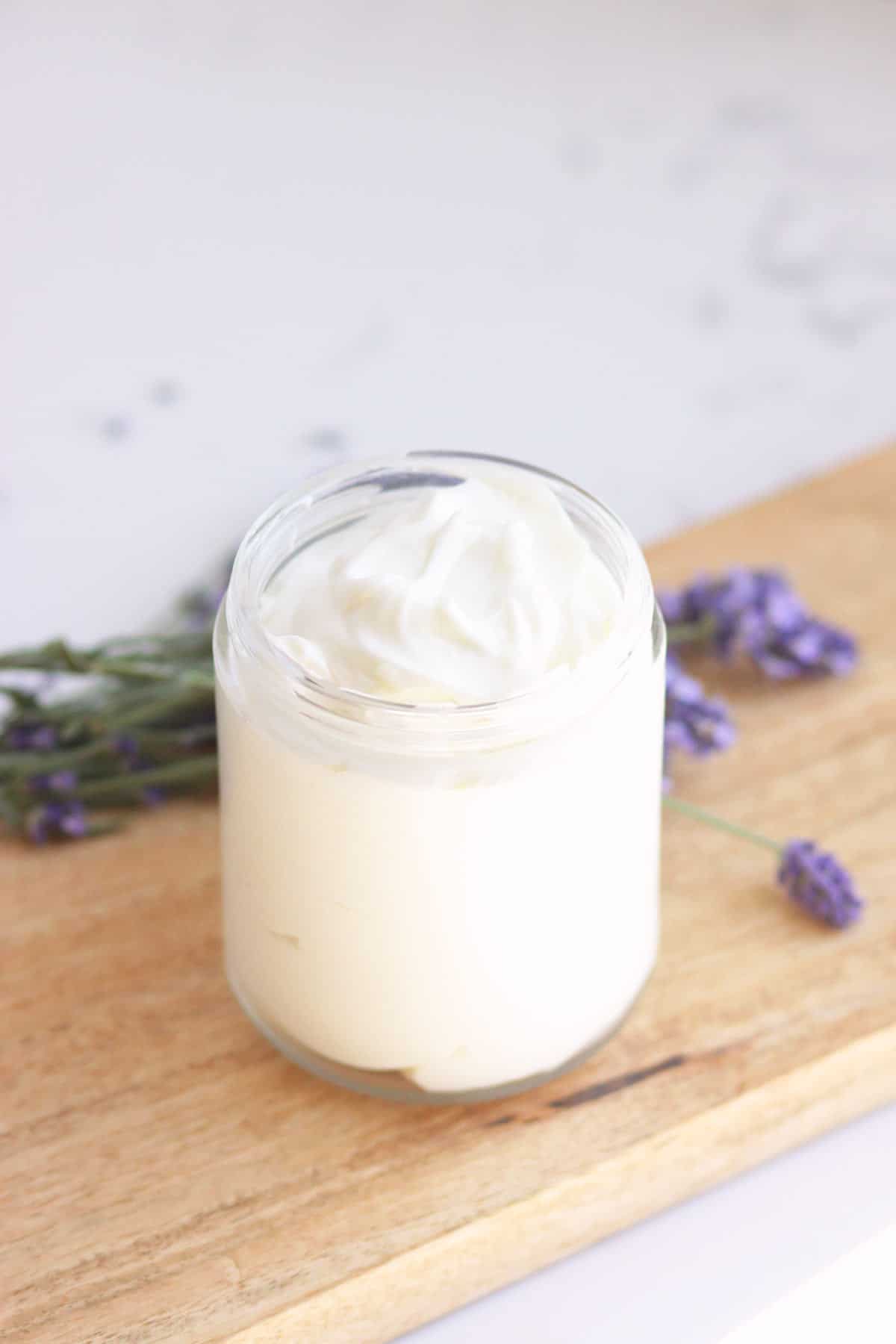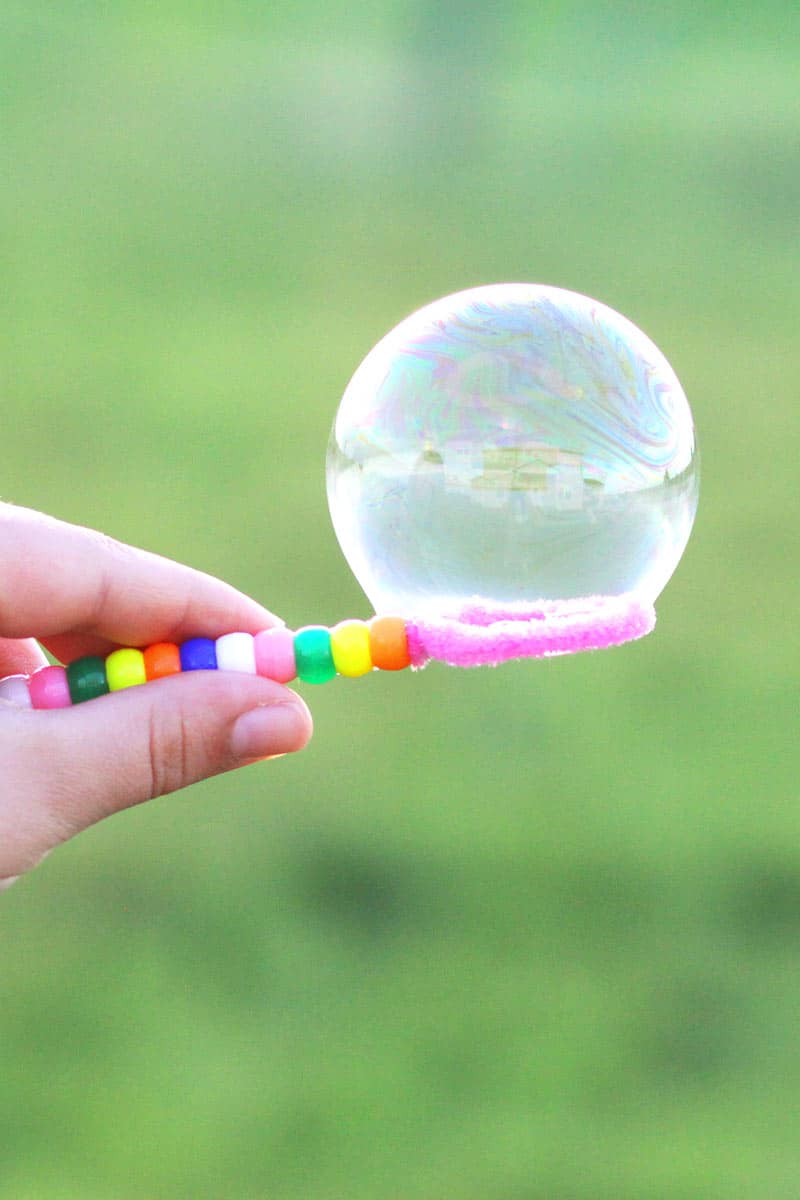Homemade Anti Itch Cream For Natural Bug Bite Relief
How to make homemade natural anti itch cream for bug bite relief. This recipe uses baking soda and bentonite clay to stop itching from insect bites and promote healing.
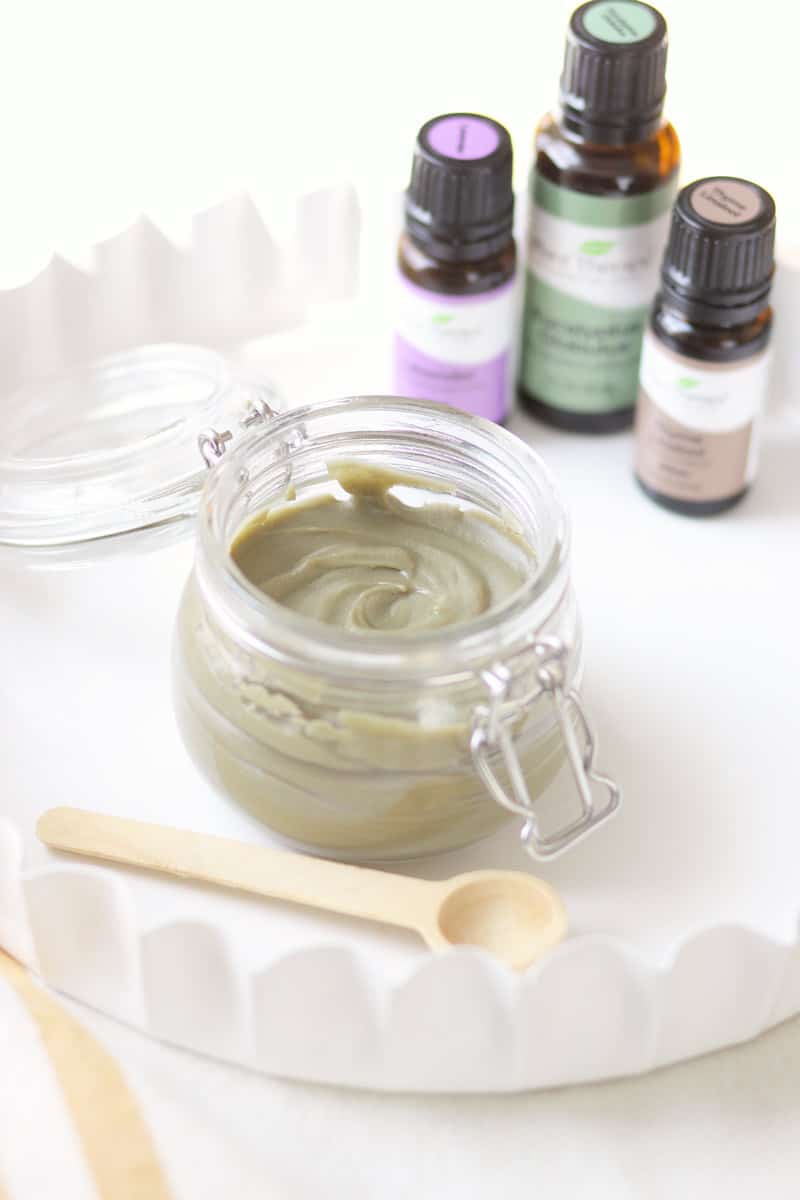
Living in on the Kansas prairie, we get all kinds of bugs coming after the kids all Summer long. We quickly learned how important it is to protect against insect bites just about every time we step outside!
Have you tried my homemade sunscreen recipe yet?
Using our homemade bug spray is the surest way not to get bit, but we forget to use it more often than we should. So I have to have a remedy for the bites that are going to inevitably happen.
This anti-itch cream not only relieves the itch from those nasty chigar and mosquito bites, but also helps the spots to heal faster by drawing any poison the bugs might have left behind!
This post contains affiliate links, which means I make a small commission at no extra cost to you. Get my full disclosure here.

What You’ll Need To Make Homemade Anti Itch Cream
ingredients
- Coconut Oil – Coconut oil is healing and anti-inflammatory making it a beneficial in soothing an itchy rash.
- Shea Butter – Unrefined shea butter (can be substituted with cocoa butter) is rich in fatty acids and vitamina A, E and F. Shea butter soothes itchiness and promotes healing.
- Beeswax Pellets – Known for it’s anti-allergenic, anti-inflammatory, antioxidant and antibacterial properties, beeswax is an amazing ingredient to use in homemade skincare!
- Baking Soda – Baking soda neutralizes the PH level of your skin promoting healing.
- Bentonite Clay – Bentonite clay is extremely effective at drawing poison out of mosquito bites, while adding minerals into the skin, helping it to heal.
- Essential Oils – Certain essential oils help to soothe itchiness and reduce inflammation. More on my favorite oils to use in anti-itch cream later in this post.

Tools to Use:
- Double Boiler (or makeshift version)
- Small Lidded Glass Jar
How To Make Homemade Anti Itch Cream
Combine – In a double boiler (or heat safe bowl over a saucepan with a little water in it), melt the coconut oil, shea butter and beeswax until there are no solid bits left.
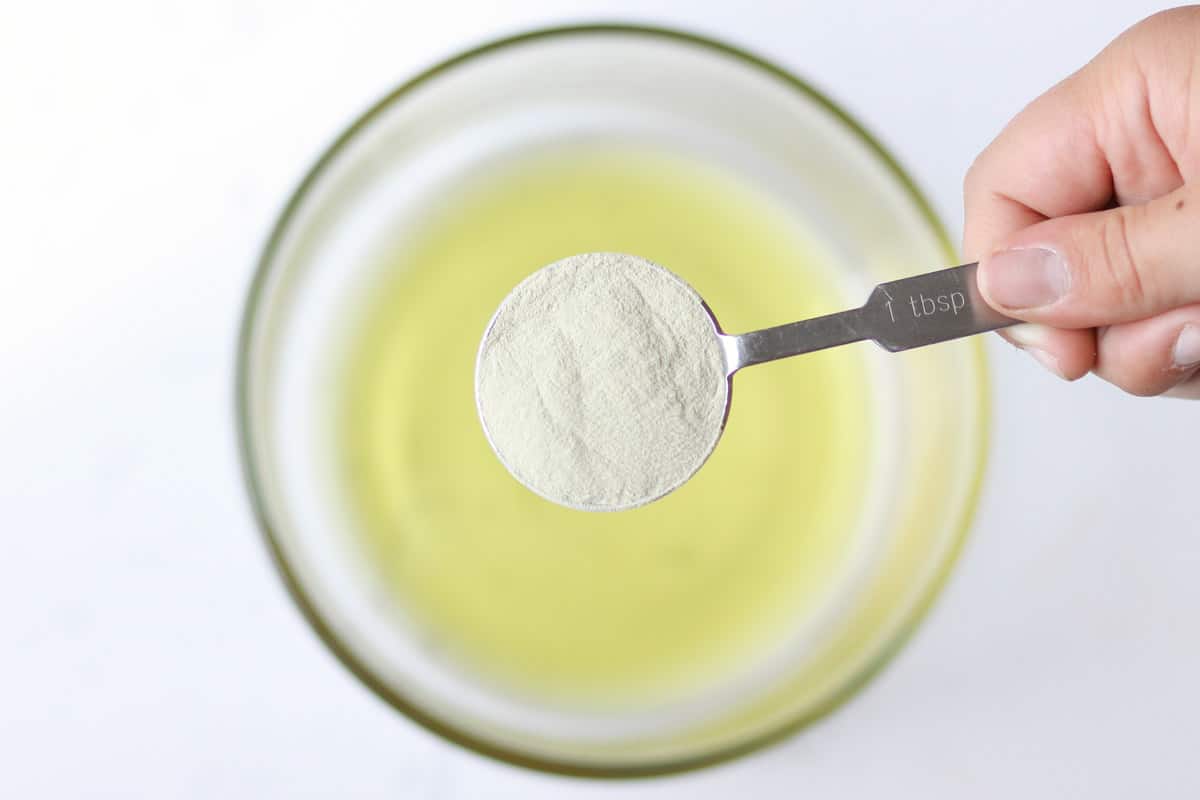
Add Essential Oils – Remove from the heat and let the mixture cool for a few minutes before adding the bentonite clay, baking soda and essential oils to it. Stir completely.

Tips For Success
To Use – Apply a small amount of anti-itch cream to itchy areas. Let sit for at least 15 minutes. Wipe the cream off.
To Store – Homemade anti-itch cream should be stored in an airtight glass container in a cool, dark place for up to a year. The essential oils will lose effectiveness over time, especially if they are exposed to light or heat.
Substitutions – Cocoa butter can be used in place of shea butter.
Olive oil, almond oil or jojoba oil can be used instead of coconut oil.
Variations – Pour the melted mixture into lip balm tubes or an empty deodorant container for an anti-itch stick.
Disclaimer! Do not apply homemade anti-itch cream to open wounds and be sure to consult your healthcare provider if you experience further irritation or an allergic reaction.
Why You Will Like this homemade anti itch cream
- It’s easy to make. Just mix the 6 ingredients together and it’s ready to use
- It’s all natural, non-toxic!
- It really does work! Baking soda and bentonite clay draw out any poisons or toxins the bugs may have left behind helping bites heal faster.
FAQ About Homemade Anti Itch Cream
how do you stop bug bites from itching naturally?
There are several natural home remedies to get relief from bug bites:
- apply an ice pack
- take a colloidal oatmeal bath
- rub the bites with apple cider vinegar diluted with water in a 1:1 ratio
- dissolve a cup of baking soda in your warm bath
- make a bentonite clay and water paste to dab on the affected area
- use a homemade anti-itch cream with essential oils
- save used green tea bags in the fridge to use as a compress for bug bites

does baking soda stop itching?
Baking soda is a great natural home remedy for itchy bug bites because it balances the PH level of the skin, helping sores to heal. Baking soda also dries out the bites, drawing any poison and puss out.
how do you use bentonite clay for bug bites?
Make a paste of bentonite clay and water in equal amounts. Apply a small amount to each bug bite and let it dry on the skin for 15 minutes.
Bentonite clay will draw any poisons and toxins out of the bug bites, helping them to heal faster.
what essential oils are good for itching?
These essential oils can help keep bug bites from itching. Make sure to dilute them with a carrier oil before rubbing on your skin.
- lavender oil
- tea tree oil
- peppermint oil
- chamomile oil
- lemon or lemongrass oil
- eucalyptus oil
- rosemary oil
how can you prevent bug bites?
The best way to avoid having to deal with itchy bug bites is to protect yourself from getting bit in the first place:
- wear long sleeves and pants with socks
- use a natural bug spray before going outside
- avoid sitting in the grass
- stay away from standing water
More Homemade Ideas For Summertime:
- Healthy Fudesicles
- DIY Bubble Solution
- Homemade Sunscreen
- DIY Essential Oil Insect Repellent
- Fruit and Yogurt Swirl Popsicles
Pin these steps to try later. Tag @athomeontheprairie on Instagram to share what you’ve made with us!

Homemade Anti-Itch Cream
How to make homemade natural anti-itch cream for bug bite relief. This recipe uses baking soda and bentonite clay to stop itching from insect bites and promote healing.
Ingredients
- 2 Tablespoons coconut oil
- 2 Tablespoons shea butter
- 1 Tablespoon beeswax
- 1 Tablespoon baking soda
- 1 Tablespoon bentonite clay
- 30 drops essential oils
Instructions
- In a double boiler (or heat safe bowl over a saucepan with a little water in it), melt the coconut oil, shea butter and beeswax until there are no solid bits left.
- Remove from the heat and let the mixture cool for a few minutes before adding the bentonite clay, baking soda and essential oils to it. Stir completely.
- Pour the mixture into a jar and let it cool.
Notes
To Use - Apply a small amount of anti-itch cream to itchy areas. Let sit for at least 15 minutes. Wipe the cream off.
To Store - Homemade anti-itch cream should be stored in an airtight glass container in a cool, dark place for up to a year. The essential oils will lose effectiveness over time, especially if they are exposed to light or heat.
Substitutions - Cocoa butter can be used in place of shea butter.
Olive oil, almond oil or jojoba oil can be used instead of coconut oil.
Variations - Pour the melted mixture into lip balm tubes or an empty deodorant container for an anti-itch stick.
Disclaimer! Do not apply homemade anti-itch cream to open wounds and be sure to consult your healthcare provider if you experience further irritation or an allergic reaction.

